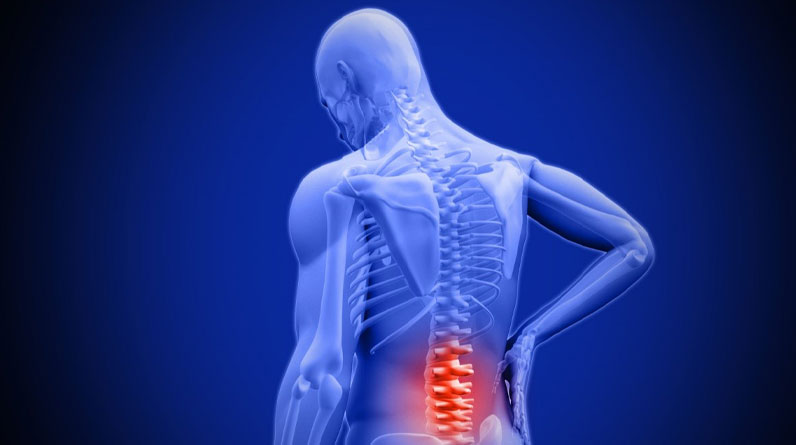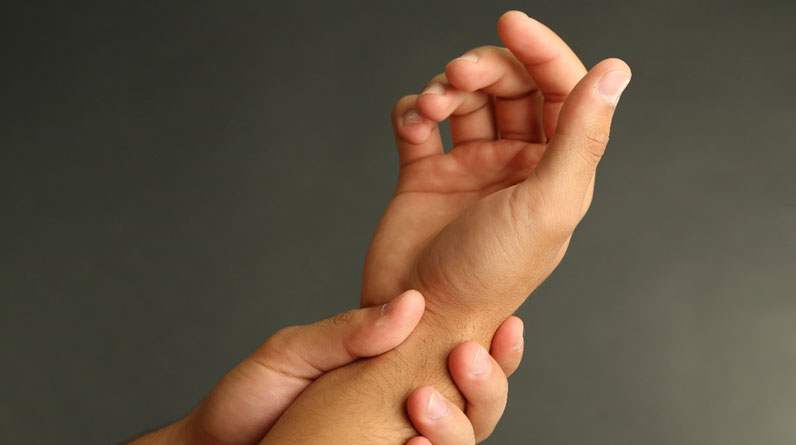
What is the Cause of my Back Pain?
Back pain is a prominent complaint among millions, accounting for the large majority of disability cases globally. The linkage between back pain and causation are several, with incidents ranging from collision, injury, poor posture, age, wear & tear, arthritis, and other medical conditions like shingles or spinal infection.
Your occupation, health status, activity level, and age will largely determine the chances of onset back pain. Nevertheless, back pain can happen to anyone.
If you or someone you know is experiencing back pain and you’re unsure of what caused it, we’ll be discussing the several causes and symptoms of back pain so that you can better understand its origins.
We’ll also be discussing ways in which you can treat back pain both on your own and medically, under the supervision of a healthcare provider. You’ll also learn preventative measures so that you don’t actually reach the point of pain and injury.
Chronic back pain can be uncomfortable at its best and acutely debilitating at its worst. By approaching your health with a preventative, proactive mentality and giving it the attention it deserves, back pain can be managed.
Causes of Back Pain
As mentioned, back pain is quite common. In fact, millions of people experience it daily, with it being the leading cause of disability in America and worldwide.
So, if you’re suffering from back pain, chronic or acute, you’re not alone. The good news is that there are treatments, and depending on the severity, back pain can be well managed.
Back pain comes in many forms and fashions, from strains, sprains, herniated discs, and degenerative disorders, to arthritis, deformities, infections, and tumors. Back pain can also be caused in a plethora of ways by several different circumstances. Depending on the location of your pain, some causes are more likely than others.
For example, if you’re experiencing spinal discomfort, it may be attributed to a herniated disc or degenerative condition. If you’re experiencing acute lower back pain, it can often be a result of an overuse injury, poor posture, or lack of strength throughout your posterior chain. Finally, if you’ve suffered from some type of trauma, this can lead to significant pain throughout the back and other parts of the body.
The following is a list of the several causes of back pain, both common and uncommon:
• Trauma (i.e., collision, car accident)
• Arthritis
• Benign Tumor
• Infection
• Osteoporosis
• Overuse Injury (i.e., spasm, muscular tension, strain, sprain, fracture)
• Disc disease (i.e., ruptured, bulging, herniated)
• Sciatica
• Scoliosis
• Shingles
• Cancer of the Spine
• Kidney Problems
• Osteomyelitis
The causes above, though not all-encompassing, are an extensive list of potential causes of your back pain. Such causes are typically the result of everyday activities such as heavy lifting, twisting the wrong way, or sitting in a poor position for long periods of time.
Other causes are a result of a more serious circumstance, typically medically related, such as cancer, autoimmune disorders, and traumatic accidents.
Symptoms of Back Pain
The most obvious symptoms of back pain are, of course, general aches and tenderness around the source. Depending on the severity, these symptoms of pain can extend down your leg and elsewhere.
If you’ve simply “thrown out your back” from misuse or overuse, it’s usually only a minor strain. If this is the case, symptoms will often improve in a short period of time. Just be sure to rest and allow the healing process to take place optimally.
If you’ve done more extensive damage to your back, medical attention and more diligent forms of treatment may be necessary.
Below are the several associated symptoms of back pain:
• Aching in the lower back
• Shooting pain through the sciatic nerve
• Stiffness and tenderness
• Debilitation and poor mobility
• Numbness or weakness
• Inability to sleep or find comfort
• Loss of internal control systems (i.e., bowel and bladder)
• Muscle spasms
While some symptoms are more severe than others, many of them are treatable.
How to Treat or Prevent Back Pain
A common theme with back pain, or any physiological pain for that matter, is lifestyle changes. If you’re experiencing pain and you’re unsure how it was caused, it can likely be treated by exercise, diet, and quitting of poor habits. While it may not make total sense how what you eat and how you exercise can reduce pain, it happens to play a huge role in physiological health.
If you’ve suffered from a traumatic injury, however, or if you live with chronic conditions like arthritis or sciatic nerve damage, treatments will need to be more extensive and typically include medical attention.
While the best medicine is and always will be prevention, below are the most common effective treatments used to manage back injuries, both mild and severe:
• Lifestyle changes (i.e., diet and exercise)
• Steroidal injections
• Anti-inflammatory prescription medication
• Muscle relaxants
• Surgical procedures
• Rest and recovery
• Postural improvements
• Physical rehabilitation
It’s important to adopt a proactive and preventative approach to your physiological and general health, seek professional help in a timely manner, and do all that is necessary to optimize for success during your rehabilitation journey.
Final Thoughts
Because back pain is such a prominent occurrence, it’s imperative to take the proper precautionary and preventative measures to ensure that you can properly deal with its possibility.
In addition, simply coping with back pain shouldn’t be the main way to approach the pain. Instead, if you begin to experience any symptoms of back pain, mild or severe, it’s important to take the initiative to seek treatment, whether on your own or with the help of a doctor.
The good news overall is that back pain can be well managed through decisions that are within your control. Moreover, if you do experience back pain, it can be treated.


